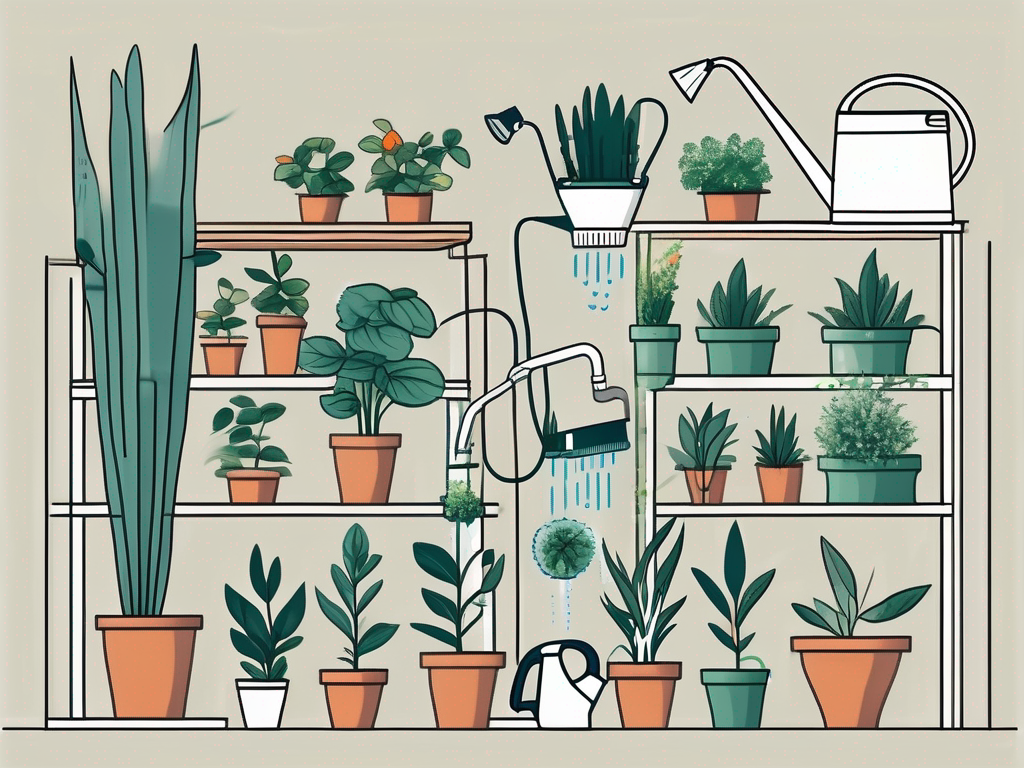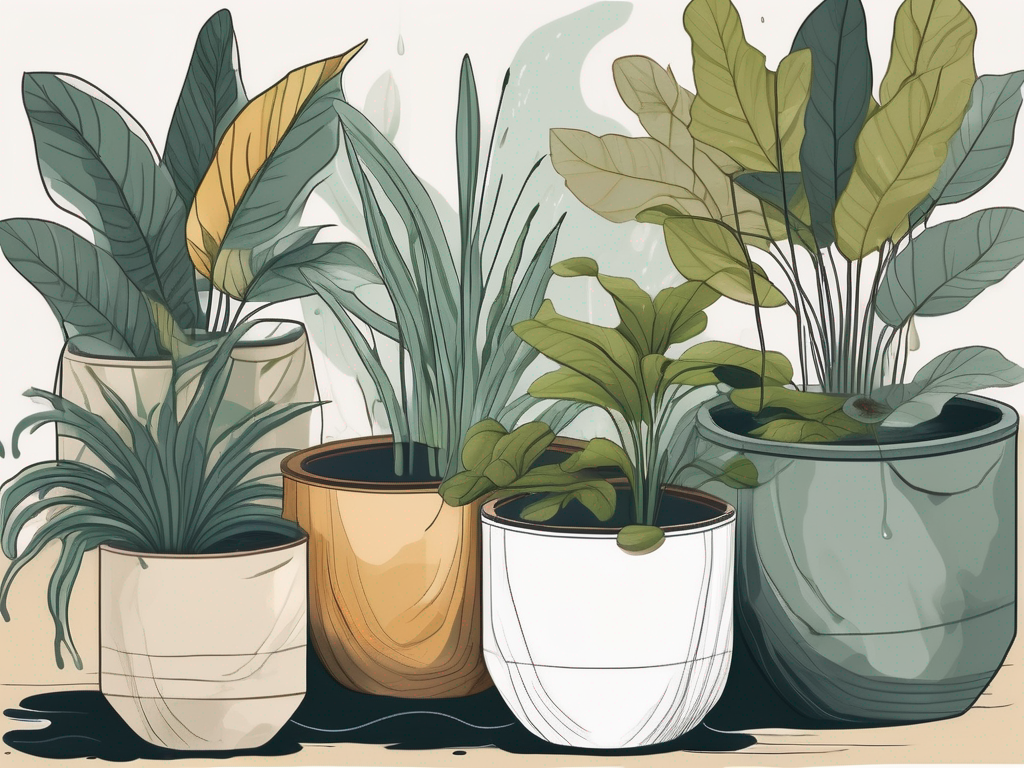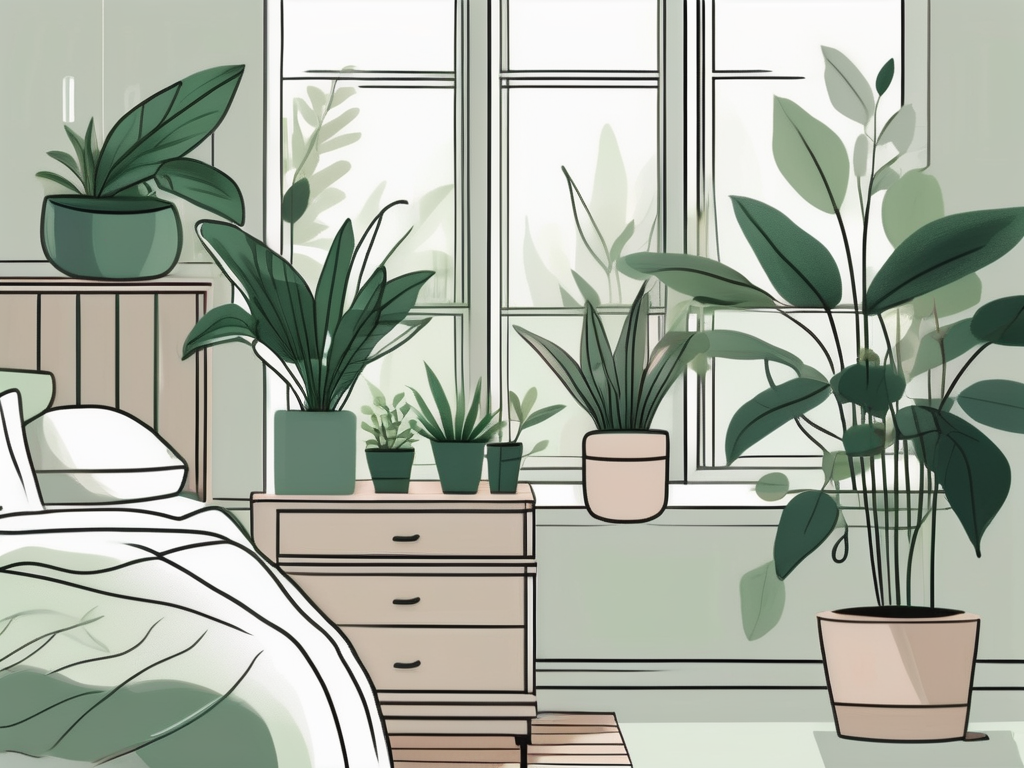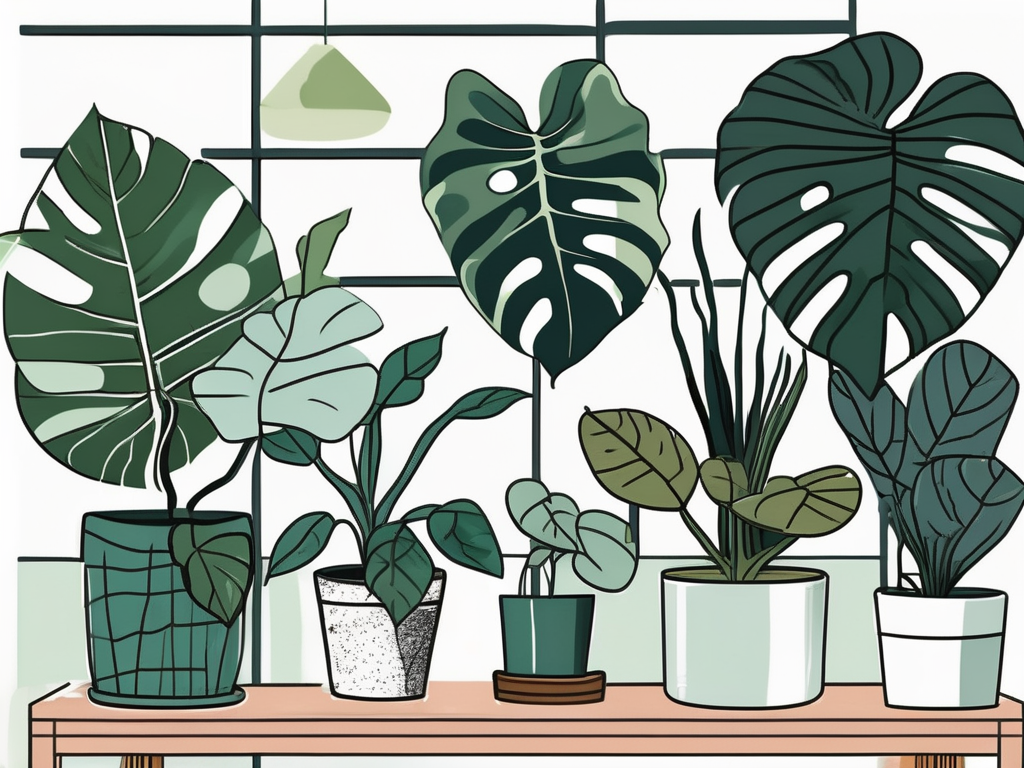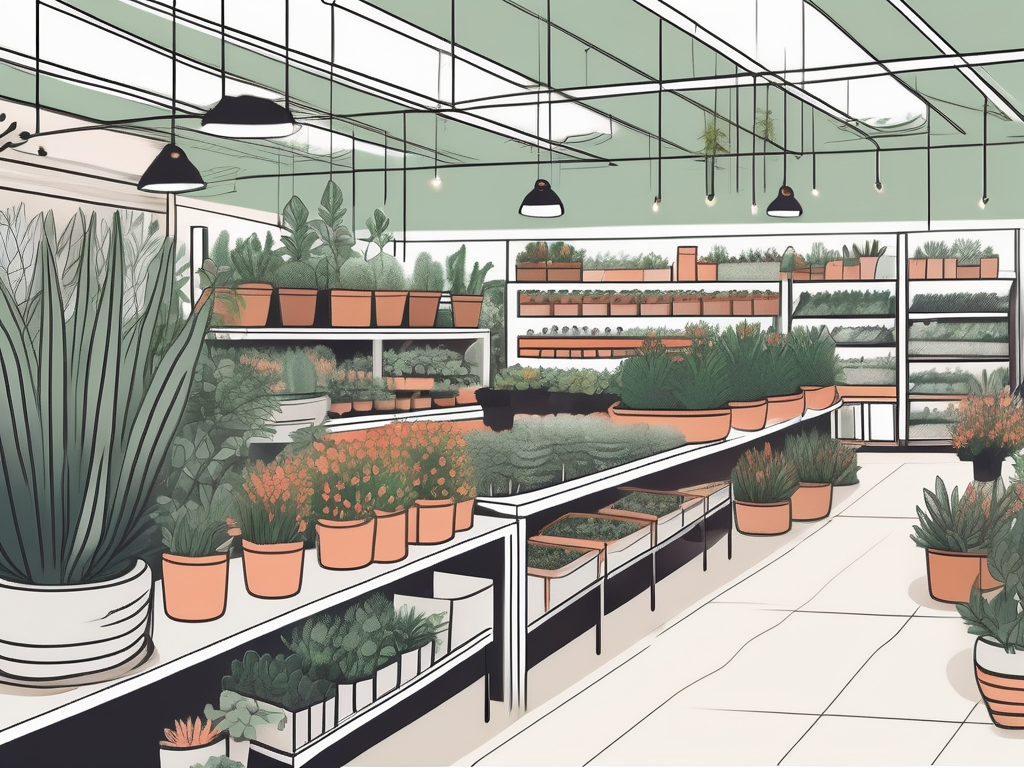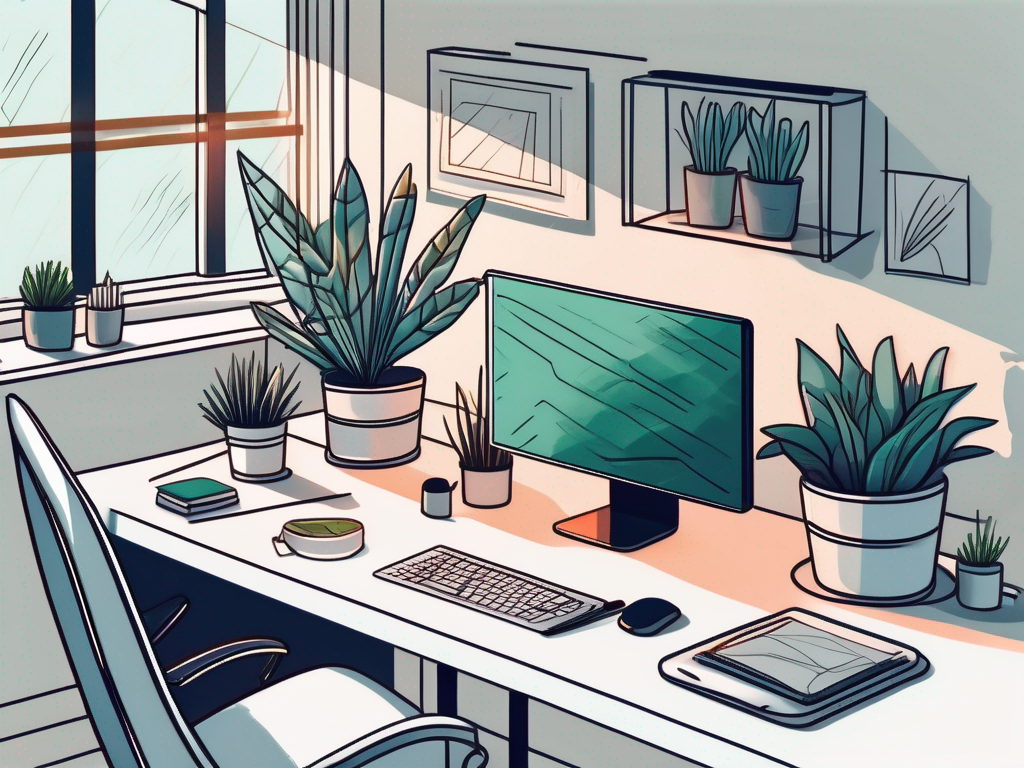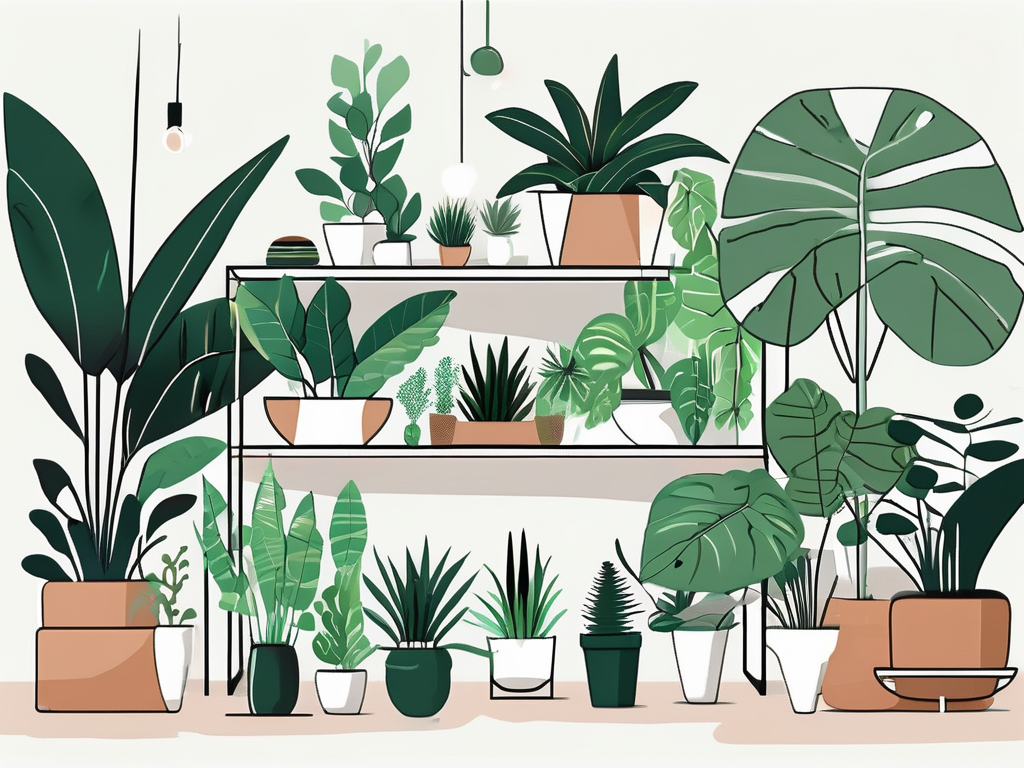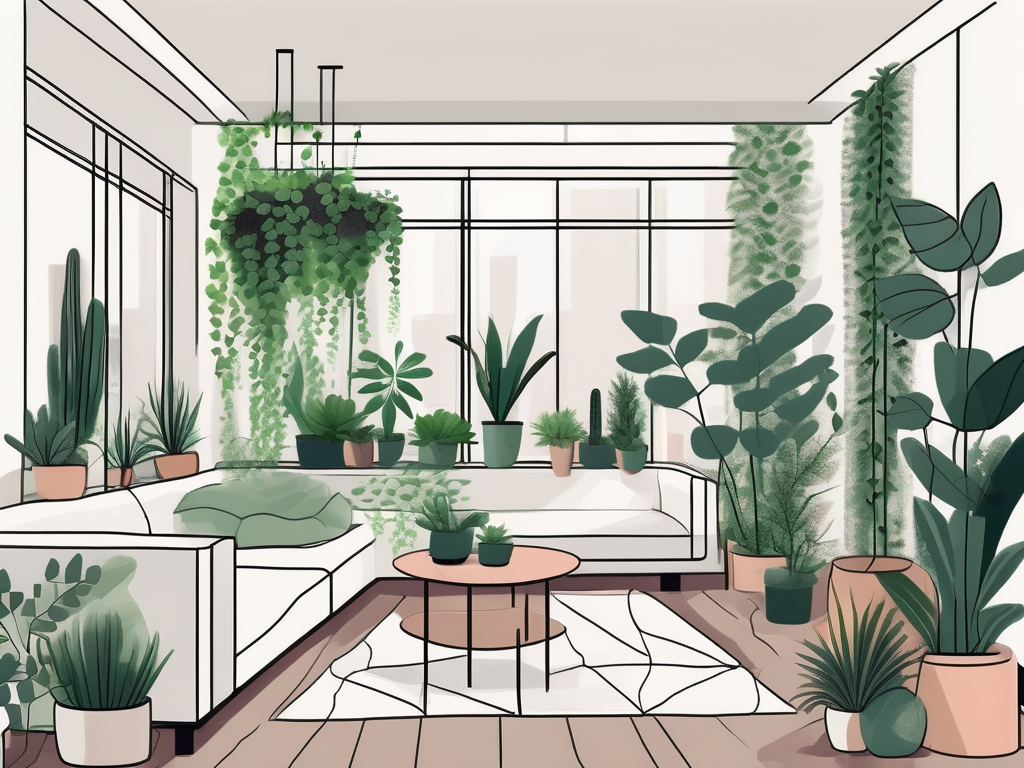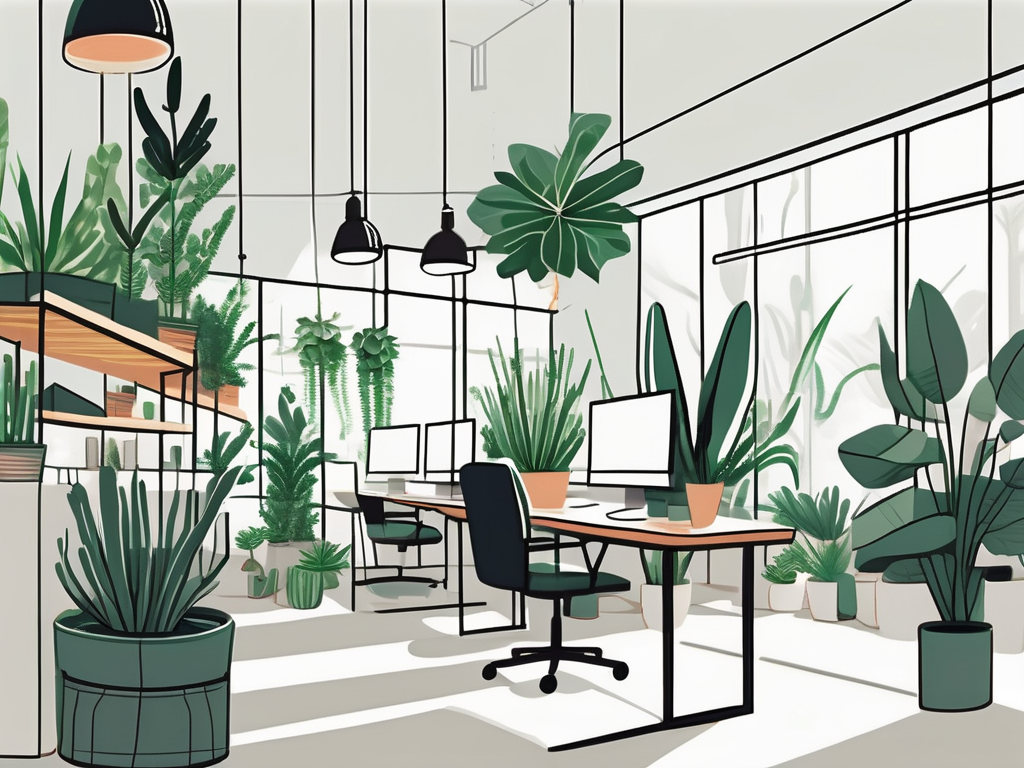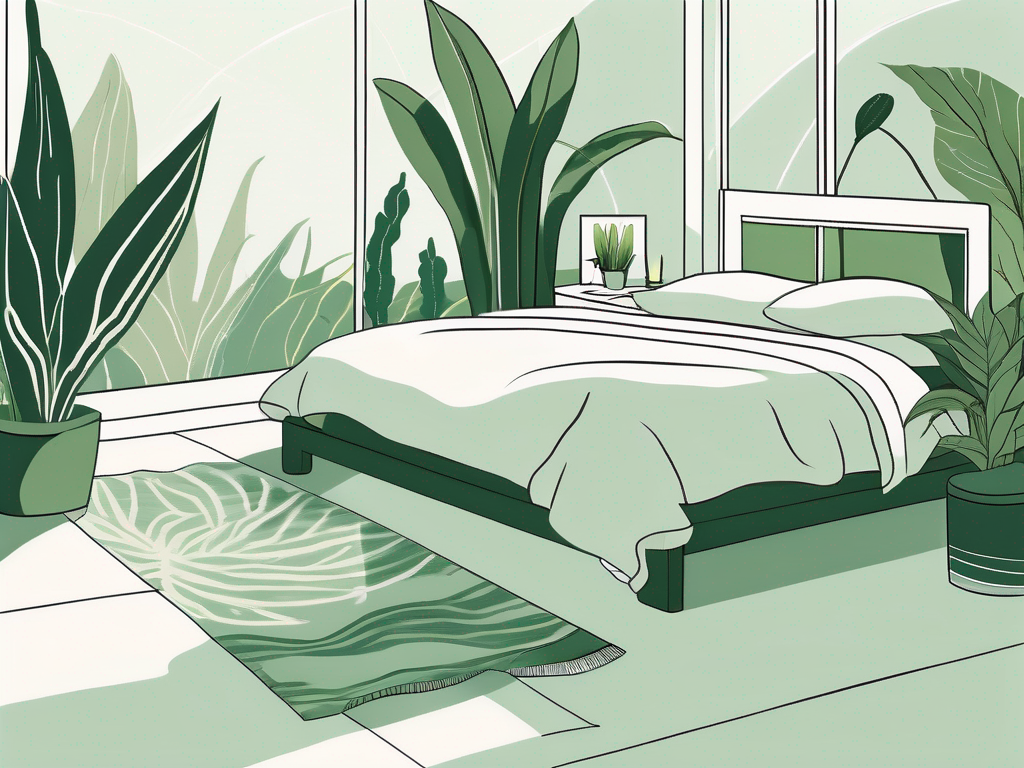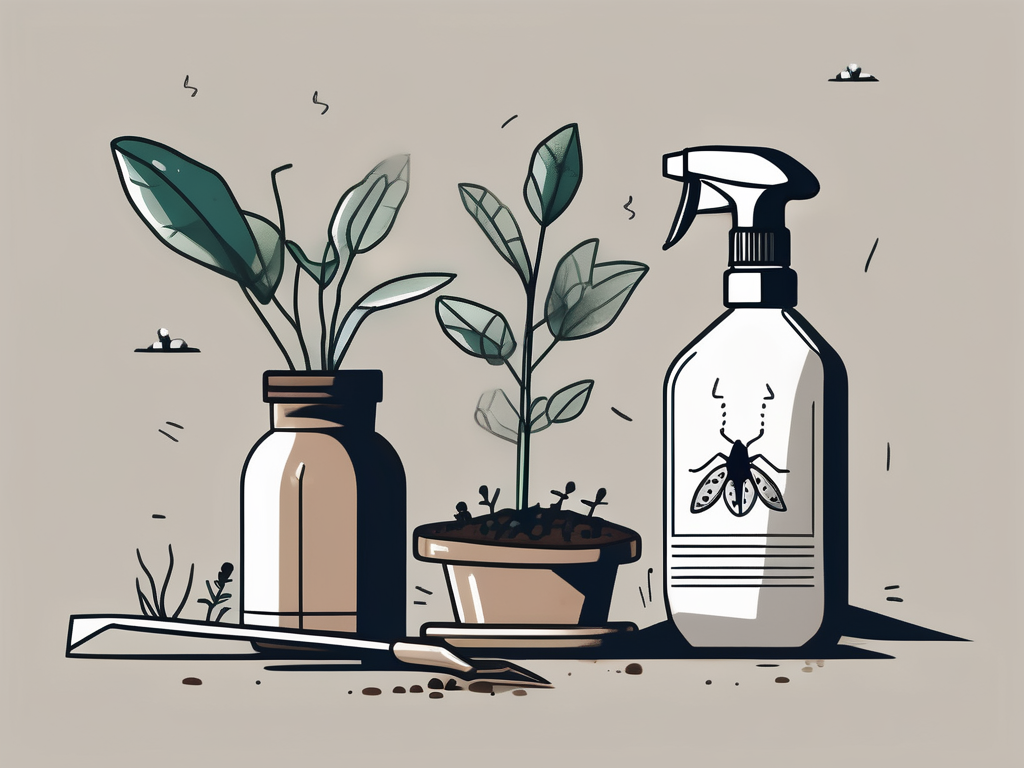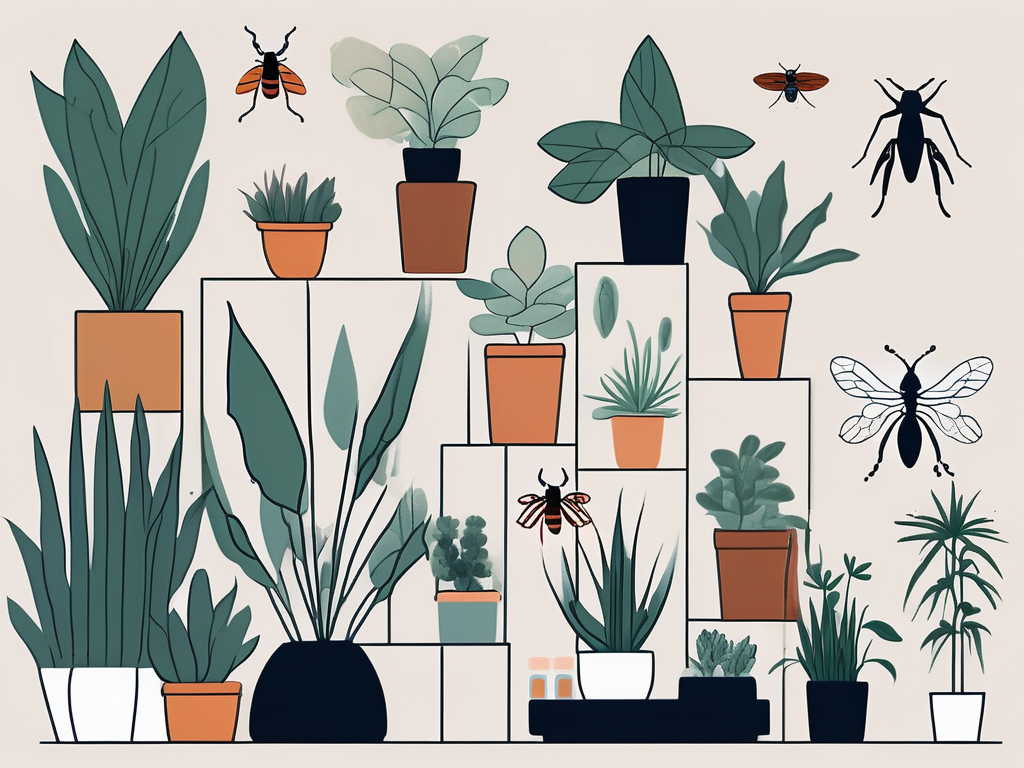
Tropical house plants are like the little bursts of greenery that turn our homes into cozy jungles. These beauties not only spruce up your living space but also bring a slice of the tropics right to your doorstep. Whether you're a seasoned plant parent or just getting your hands dirty for the first time, understanding how to care for these plants can make all the difference.
In this article, we'll walk through everything you need to know about tropical house plants, from selecting the right ones to ensuring they're happy and healthy. By the end of our journey, you'll be well-equipped to create a vibrant, plant-filled sanctuary in your home.
Choosing the Right Tropical House Plants
When it comes to picking the perfect tropical house plant, it can feel like being a kid in a candy store. With so many options and each plant having its own personality, how do you choose? Here are some things to consider:
- Light Requirements: Some plants love basking in the sun, while others prefer a bit of shade. Consider how much natural light your space gets before picking a plant.
- Space: Think about where you want to place your plant. Some tropical plants can grow quite large, so make sure you have enough room for them to flourish.
- Maintenance Level: If you're new to the plant world, you might want to start with something low-maintenance. Plants like snake plants or pothos are forgiving and great for beginners.
- Personal Preference: At the end of the day, pick something that makes you happy. Whether it's the shape of the leaves or the color, choose a plant that resonates with you.
Once you've considered these factors, you're ready to make an informed decision. Remember, the right plant for you is one that fits your lifestyle and makes your home feel more inviting.
Potting and Soil Care
Now that you've chosen your tropical house plant, it's time to talk about potting and soil. This might sound a bit technical, but don't worry—I've got you covered.
Choosing the Right Pot
The pot you choose is crucial for the health of your plant. Here are some tips to help you decide:
- Drainage: Make sure your pot has drainage holes. This prevents water from collecting at the bottom, which can lead to root rot.
- Material: Terracotta pots are great for plants that like to dry out between waterings, while plastic pots retain moisture better.
- Size: Choose a pot that's slightly larger than the plant's current root ball. This gives the roots space to grow without overwhelming them.
Soil Mix
The soil is your plant's lifeline, so getting it right is essential. Most tropical house plants thrive in a well-draining soil mix. You can either buy a pre-mixed tropical plant soil or make your own. Here's a simple recipe:
- 1 part potting soil
- 1 part peat moss or coconut coir
- 1 part perlite or sand for drainage
This mix provides the right balance of moisture retention and drainage, ensuring your plant's roots stay healthy.
Watering Your Tropical House Plants
Watering is one of those things that seems simple, but can often trip up even the most experienced plant people. Here's how to get it right:
Understanding Your Plant's Needs
Different plants have different watering needs, but a good rule of thumb is to let the top inch of soil dry out before watering again. Stick your finger into the soil—if it feels dry, it's time to water.
How Much and How Often
Over-watering is a common mistake, so it's better to err on the side of underwatering. When you water, do so thoroughly until you see water draining from the bottom of the pot. This ensures the roots get a good soak.
- Humidity: Tropical plants love humidity. If your home is dry, consider misting your plants or placing a small humidifier nearby.
- Seasonal Changes: Most plants need less water during the winter months when they're not actively growing.
Remember, it's not about sticking to a strict schedule—it's about listening to what your plant needs.
Dealing with Pests and Fungal Issues
Even the most diligent plant parent can face the occasional pest or fungal issue. The good news? With a bit of vigilance, you can tackle these problems head-on.
Common Pests
Some frequent uninvited guests include spider mites, aphids, and mealybugs. Here's how to deal with them:
- Spider Mites: These tiny critters leave webs on your plant. Wipe leaves with a damp cloth and spray with a mixture of water and neem oil.
- Aphids: These can often be washed off with a strong spray of water. If they persist, try insecticidal soap.
- Mealybugs: Dab a cotton swab in rubbing alcohol and apply directly to the bugs to remove them.
Fungal Problems
Fungal issues, like powdery mildew or root rot, can be a bit trickier. Here's what to look for and how to treat them:
- Powdery Mildew: Appears as a white, powdery substance on leaves. Increase air circulation and avoid getting leaves wet when watering.
- Root Rot: Often caused by over-watering. Check roots for a mushy texture and cut away any rotten parts. Repot in fresh soil and ensure the pot has good drainage.
Regularly inspect your plants for signs of trouble, and you'll be able to catch issues early on.
Creating a Beautiful, Plant-Filled Space
Once your plants are happy and healthy, it's time to think about how they fit into your home's décor. Tropical plants can be a stunning addition to any room, and with a little creativity, you can create a space that feels like an oasis.
Group Plants Together
Creating clusters of plants can make a big impact. Not only does this create a lush vibe, but many plants actually thrive when placed near each other, as they help increase humidity levels.
- Vary Heights: Use plant stands or hanging pots to create different levels, adding depth and interest to your arrangement.
- Mix Textures: Combine plants with different types of leaves—such as smooth and spiky—to add visual variety.
Incorporate Plants into Your Décor
Think about how your plants can complement your existing style. For example:
- Modern Spaces: Choose plants with clean lines and simple pots.
- Bohemian Vibes: Opt for macramé hangers and terracotta pots for a relaxed feel.
By thoughtfully integrating plants into your home, you can create a space that's not only beautiful but also uniquely yours.
Lighting Needs for Tropical House Plants
Lighting can make or break your plant care routine. While some tropical plants are sun worshippers, others prefer the dappled light of the forest floor. Here's how to ensure your plants get the right amount of light:
Understanding Light Levels
Most tropical plants do well in bright, indirect light. This means they get plenty of light, but not the harsh direct rays that can scorch leaves.
- Bright, Indirect Light: Place plants near a window that gets lots of light but is filtered through a sheer curtain.
- Low Light: Some plants, like the ZZ plant or snake plant, can tolerate lower light levels.
Adjusting to Your Space
If your home lacks natural light, don't worry! You can supplement with grow lights. These are designed to mimic the sun's spectrum, giving your plants the boost they need.
- Position: Place grow lights about 6-12 inches above your plants.
- Timing: Aim for about 12-14 hours of light per day if using grow lights.
Remember, it's all about finding the right balance. Too much light can be just as harmful as too little.
Fertilizing Your Tropical House Plants
Think of fertilizer as your plant's multivitamin. It gives them the nutrients they need to grow strong and vibrant. But, just like with vitamins, more isn't always better.
When and How to Fertilize
Most tropical plants benefit from a regular feeding schedule during their growing season, typically spring and summer. Here's how to do it right:
- Frequency: Fertilize every 4-6 weeks during the growing season.
- Type: Use a balanced, water-soluble fertilizer for most tropical plants.
During the fall and winter, your plants will likely slow down their growth, so it's best to cut back on fertilizing.
Signs of Over-Fertilization
It's possible to over-fertilize, which can harm your plants. Watch for these signs:
- Yellowing leaves
- Burned leaf edges
- White crust on the soil surface
If you notice these, flush the soil with water to remove excess salts and adjust your feeding schedule accordingly.
Repotting Tropical House Plants
Repotting might seem daunting, but it's an important part of plant care. Over time, plants outgrow their homes, and fresh soil can give them a new lease on life.
When to Repot
Signs that your plant needs repotting include:
- Roots growing out of the drainage holes
- Water sitting on the soil surface and not absorbing
- Soil that dries out too quickly
How to Repot
Here's a simple step-by-step:
- Gently remove the plant from its current pot.
- Loosen the root ball and trim any dead or unhealthy roots.
- Place the plant in a new pot with fresh soil, making sure it's at the same depth as before.
- Water thoroughly to help the soil settle.
Remember, repotting is like giving your plant a fresh start. They might take a little time to adjust, but they'll thank you for it in the long run.
Propagating Tropical House Plants
Propagating plants is one of the most rewarding parts of being a plant parent. It allows you to share your love of plants with friends or expand your own collection without spending a dime.
Methods of Propagation
Different plants propagate in different ways. Here are a few common methods:
- Stem Cuttings: Suitable for plants like pothos and philodendrons. Cut a section of stem with a few leaves and place it in water or soil.
- Division: Works well for snake plants or peace lilies. Gently separate the plant into smaller sections, each with its own root system.
- Leaf Cuttings: Ideal for succulents. Cut a healthy leaf and let it dry for a day before placing it on soil.
Caring for Propagations
Once you've propagated your plant, keep it in a warm, humid environment to encourage growth. Be patient—rooting can take time, but the results are worth the wait!
Final Thoughts
Tropical house plants bring a touch of nature into our homes, transforming spaces into vibrant, lively environments. With the right care, these plants can thrive and bring joy to your daily life.
At Cafe Planta, we believe in the power of plants to connect us with nature and each other. Whether you're a seasoned plant parent or just starting out, we're here to help. If you have any questions, feel free to email us or reach out on Instagram. Let's grow together!

